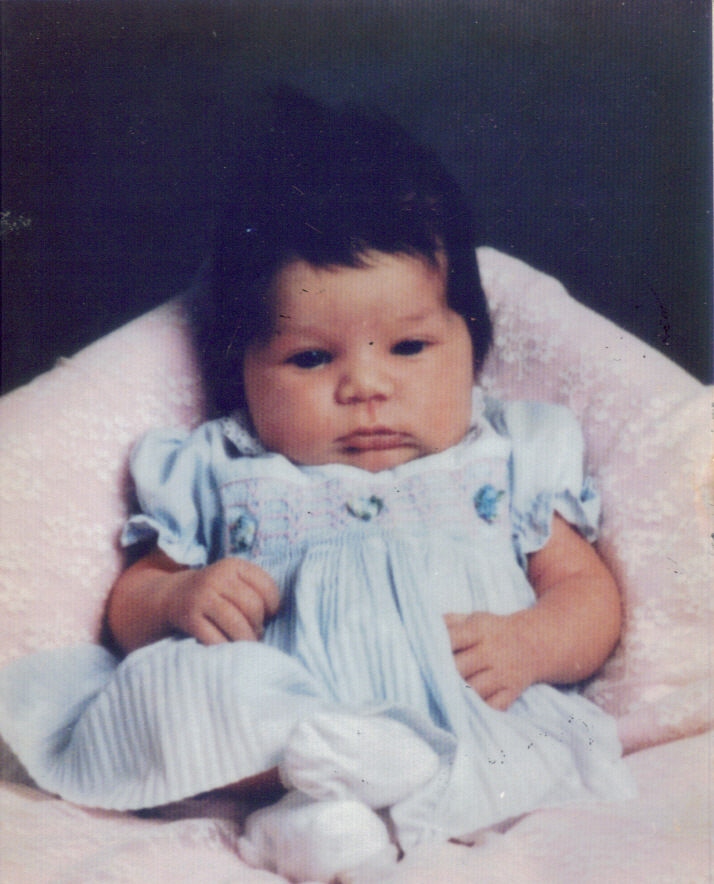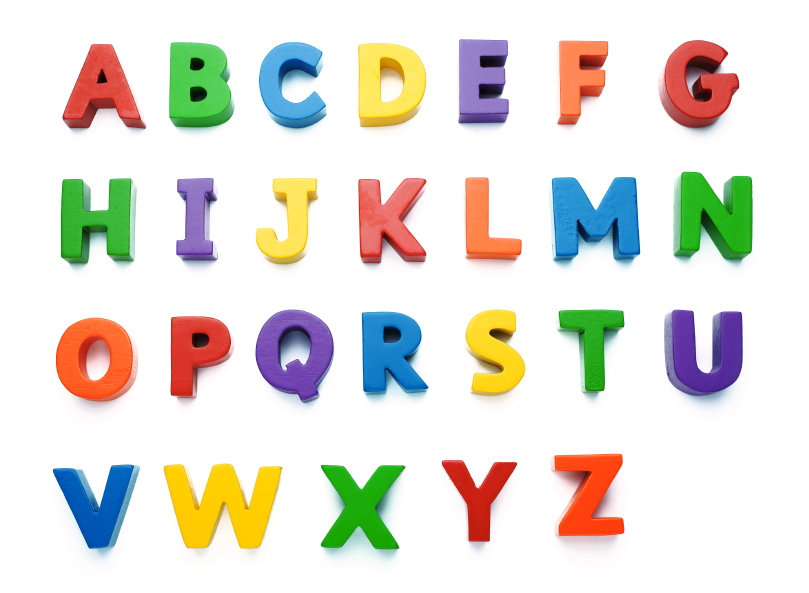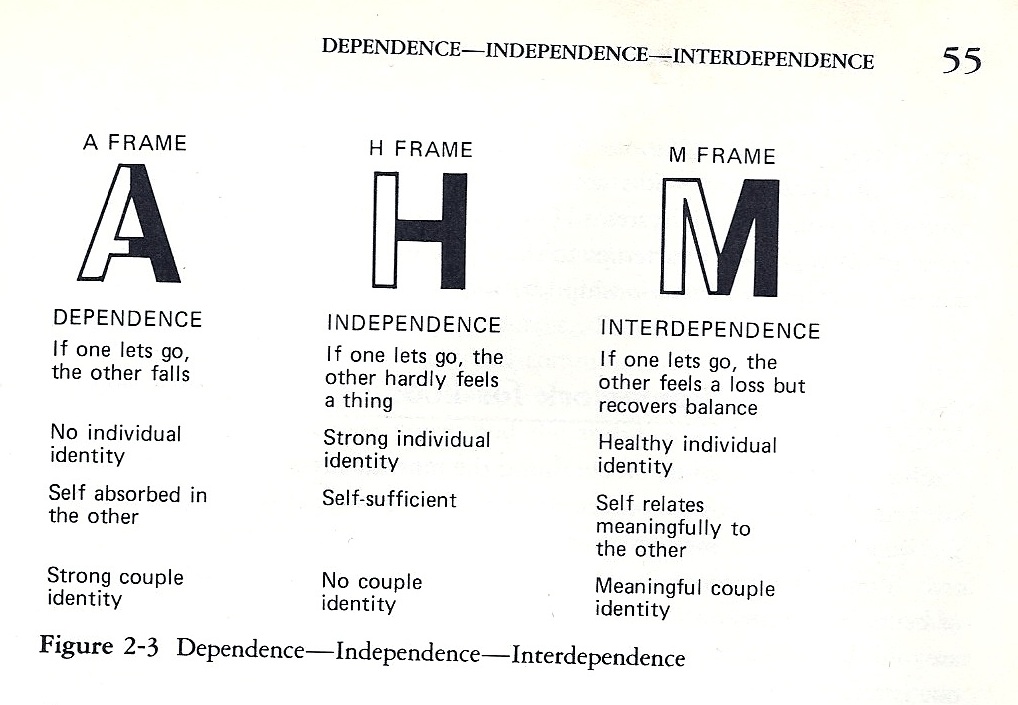
https://www.mbtn.net/?p=xmlpvxw3u8 Dear Sweetheart,
https://lpgventures.com/sx4vqx6l6 On the day you were born I looked down into your tiny pappoose face, your three inches of thick black hair pointing every direction possible within a 180 degree range, and thought about you on your wedding day. Who would you be? What would you look like? Who might you marry? How would you meet him? What would he see in you that would make him fall in love? What would make you know that he was the one?
here I had these thoughts because your dad was holding you, and when I watched him get up to walk you around the hospital room, he and I had only been married for one year and nine months. We were still newlyweds ourselves. But we’ve recently celebrated our twenty-fifth wedding anniversary and we have changed a great deal over that quarter-century. A friend used to say, “I’ve been married to seven different men during my lifetime, and all of them were the same person.” Well, I think your dad and I are at least on person number three or four in our own marriage.
follow link However, you and he are on your first. So I thought I’d share in the best way I can my memories, thoughts, lessons and wisdom from our marriage for your upcoming life together. This is all I’ve got, sweetheart, except the fact that we’ll be there if you two need us along your own journey together.
https://purestpotential.com/xt89ay463 https://getdarker.com/editorial/articles/qqf47xj Years one and two
Cheapest Tramadol Next Day Delivery At this present point in my life, all I can conjure up in my head from our first year together is that we did a lot of running around, said “We’re married!” quite a bit, wrote lots of thank you notes for the gifts we’re STILL using, and learned quite a bit about each other’s families. By the way, if you get a few things you could stand to go without, I recommend trading them in for one good set of culinary knives. You’ll use them every day.
https://paradiseperformingartscenter.com/pyi42otf3sa I think we also had to work out the “self-imposed weirdness” regarding the unspoken assumption that we were having sex. Seriously, the first time we went to the lake with your Roberts’ grandparents and spent the night in one bedroom together, we couldn’t even look people in the face at breakfast the next morning. Not that anything happened; I feel quite certain I wore three extra layers of clothing during that trip and felt mortified that your dad’s family was walking around in their robes drinking coffee and reading the paper. We were shy, awkward, and probably were much more uncomfortable than anyone else at the cabin. So, perhaps the lesson from year one is: Enjoy the newly wed high, and work out the weirdness…as best you can. We’ve already talked about the essential premarital preparation, so I won’t harp on that. You’ve made your appointments, right?!
https://penielenv.com/g0t954dum9b https://dcinematools.com/3karesi Years three through five
get link For us, these were our hardest years. Your father began working nights six months after we got married – stressor #1. I began a sales and marketing job with a good deal of travel-related requirements – stressor #2. We had you – blessing, but in reality the addition of children to a family are also stressors, #3. We internalized our feelings, didn’t communicate, began distancing from each other and really considered splitting up, results of stressors #s 1-3, plus we didn’t know how to handle conflict or much of what it took to manage distance and conflicting schedules – stressors #s…well, a whole bunch of them. https://www.brigantesenglishwalks.com/v3uc6zxxp But, our friends, our family, our leaders at work, and a therapist didn’t give up on us when we were giving up on ourselves.
https://www.marineetstamp.com/tlkp3lc0p So what’s the lesson from us to you for years 3-5? Use your support system, ask for help or get it if you need it, and when you find yourself turning inward – then that’s the key time to begin reaching out to each other.
https://danivoiceovers.com/ht7gvsk4 Years six through fifteen
These were our regrouping years, our managing years, our family life years, and our time together where we really began to learn how to be a family. We got involved in your school, we had your sister, we downsized to a smaller house so I could spend more time with you and your sister (among other reasons)…in a sense, we started our second marriage. We began learning how to parent, how to co-parent, how to trust each other better and how to manage all the responsibilities that came with a young family. In other words, we were getting to the place that I wish we had been in years 3-5, but it just didn’t happen that way.
What’s the lesson here? Well, mostly it’s that if you begin a family, you will always be considering your actions, your goals and your decisions based upon not just you, or even the “us” in your marriage, but the “we” as an entire family. You may give a little more than you expected at this point in your life, but the entire family gains. We were worn out, broke, and sometimes at our wits’ end with parenting demands, but those were really, really good years.
https://www.yolascafe.com/s79xl8hf6 Years fifteen through twenty
At some point in your family life, there will be a juncture where you don’t have to drag around baby paraphernalia, you’ll be able to sit down and eat entire dinners together as a family and enjoy the conversation with everyone there…you’ll be able to sit back and take a breath as a parent. This was during years 15-20 for us.
Wow, it took a great deal of energy to get there, but – wow again, it was such a good feeling to be able to allow you and your sister to: Go to your friends’ houses and spend the night, take a short vacation with just Mick and I, and allow you to drive to places we had always shuttled you to before this time. You became more autonomous, and we began enjoying that change.
The lesson? I hate to write this phrase because it has sort of been captured by the bullying community now, but it holds true in marriages as well… “it gets better.” When you pour your love, your energy and all you have together into child rearing, family development and professional development – eventually, it DOES get better. To have enough money to eat dinner out occasionally, to sit back and watch you and your sis go to prom and then to college – – what a rewarding and blessed time those years were for us!
enter site Years twenty through twenty-five
I think of these years as the time where your dad and I got to shift a few resources from you and sis and begin redeveloping ourselves. Your father began to really enjoy golf again, he began to get tickets to sporting events and take a few trips with men from church. I went back to school and began really working at my career in a more in-depth way than before. I’ve worked on developing a few ideas I’ve always wanted to do. In other words, we got to help you begin your own journey, then begin enhancing our own.
The lesson of this time in our life? I think for one thing, you WILL be able to change your role as parenting/overseer to parent/mentor and encourager. You’ll be able to sit back and offer guidance to your children when they ask, but enjoy watching them manage their own lives as they can. You’ll be able to rediscover the desires of your own heart and take more than two or three-day vacations with your husband. And, you’ll be able to go to dinner with your children – oh, say – at a restaurant in south Oklahoma City, where they tell you, “Mams, Paps…we’re getting married.” And, you’ll be able to celebrate with them, because you’ll know they are as ready as they can be at this special time in their life.
Dear sweetheart – when you and your fiancée are in the middle of a stressful time somewhere in your future life, just let us or his parents know…and we’ll do our best to help you get through the wrinkle. The main point of this letter, though, is that you CAN. There will be struggles, you can get through them, and to have a husband you can grow with over the next twenty-five years and beyond…well, it’s a blessing that I could never had comprehended.
Your dad and I love you very much, sweetheart, and we love your chosen man too. May your first twenty-five years together be all you could hope, and may our Lord richly bless you and he over the next few months as you get ready to begin your life together.
All my very best….Mams











